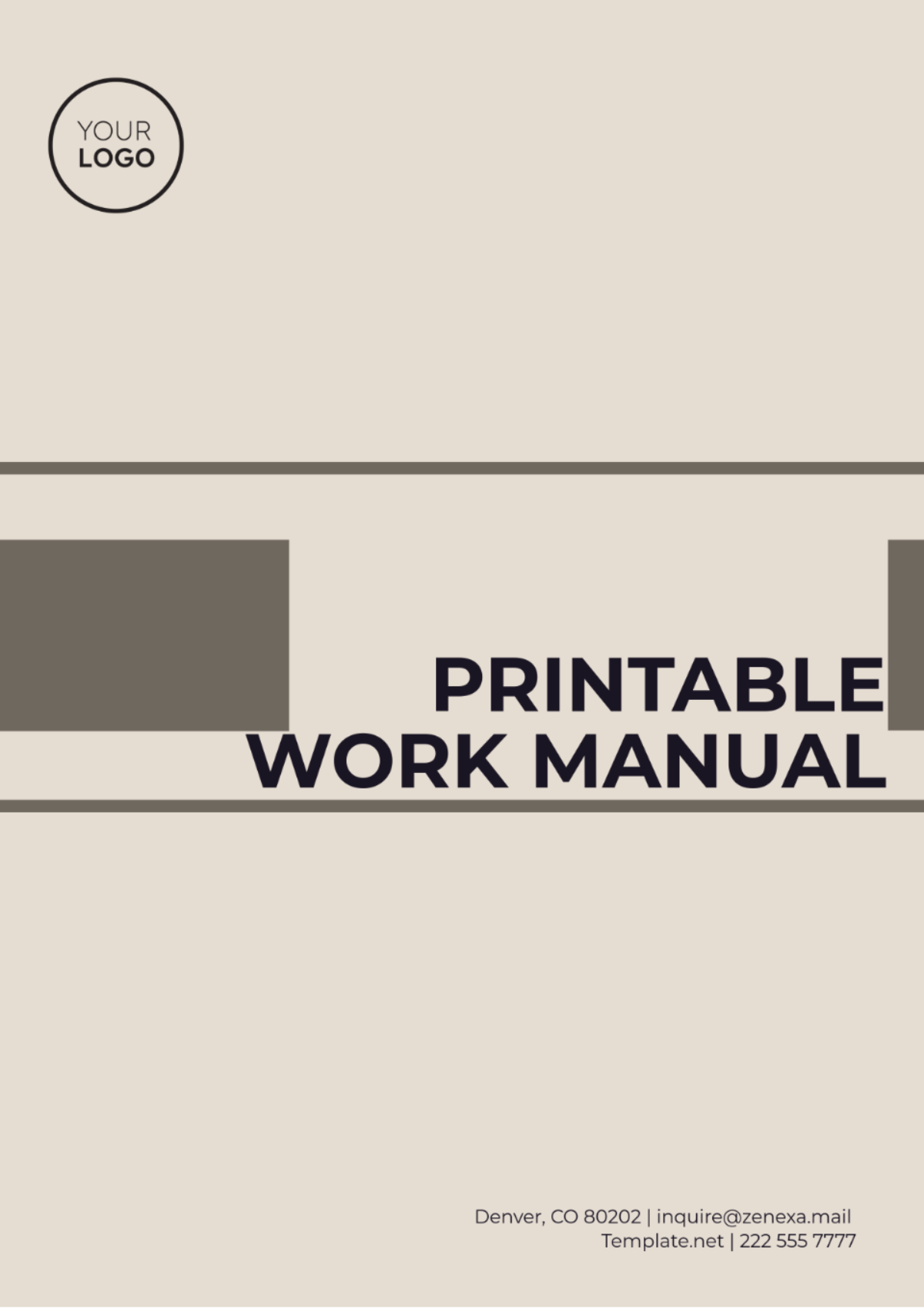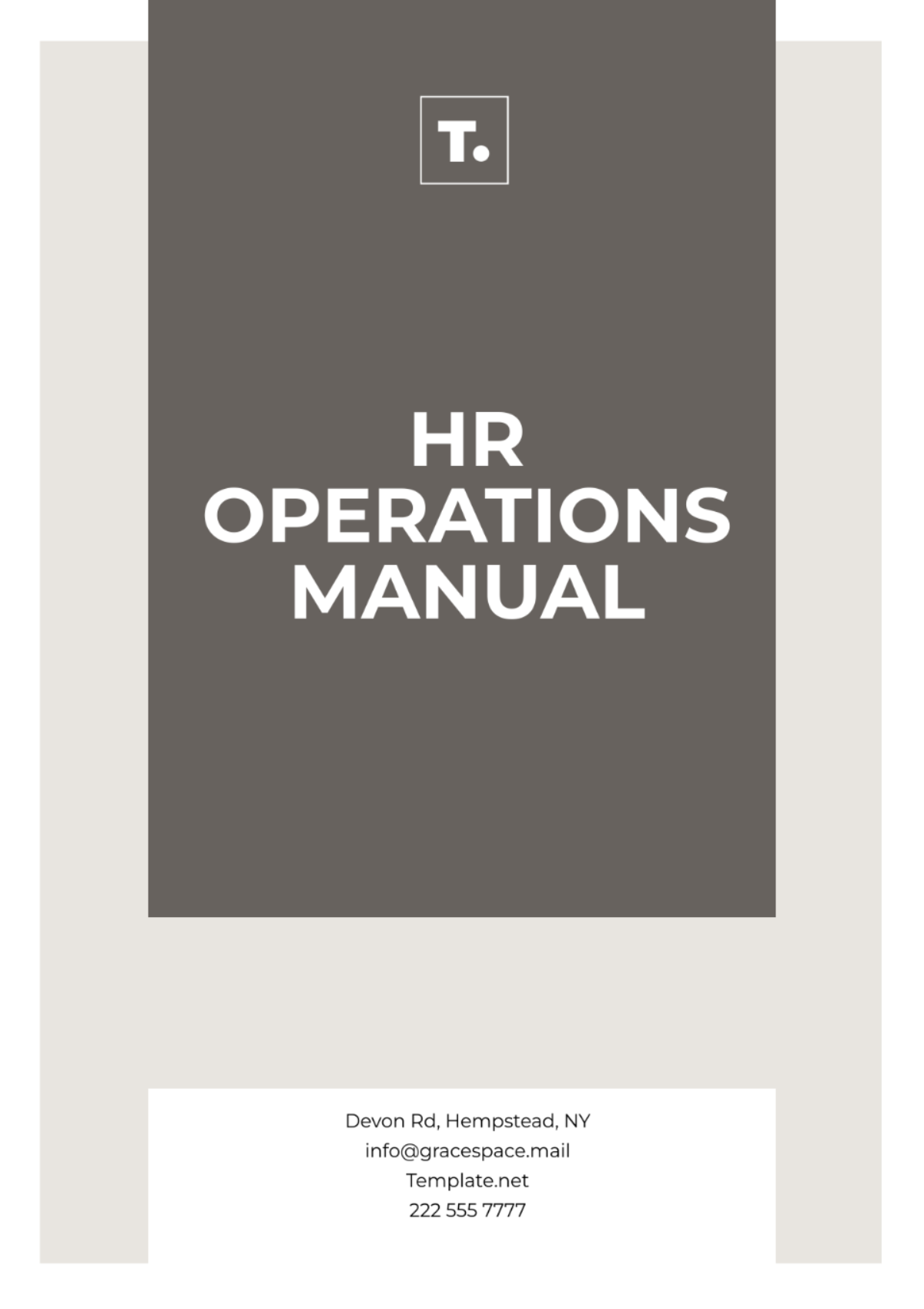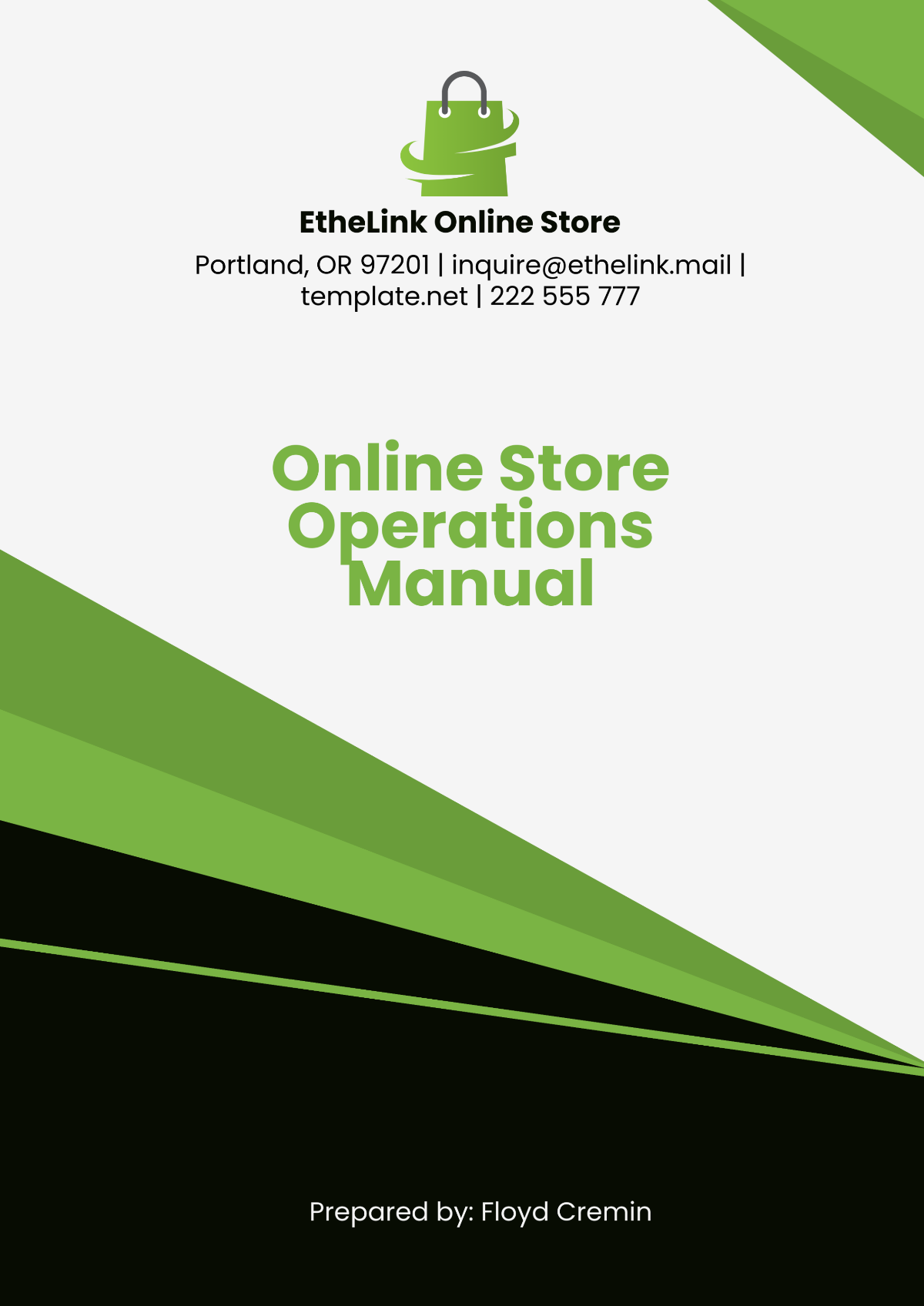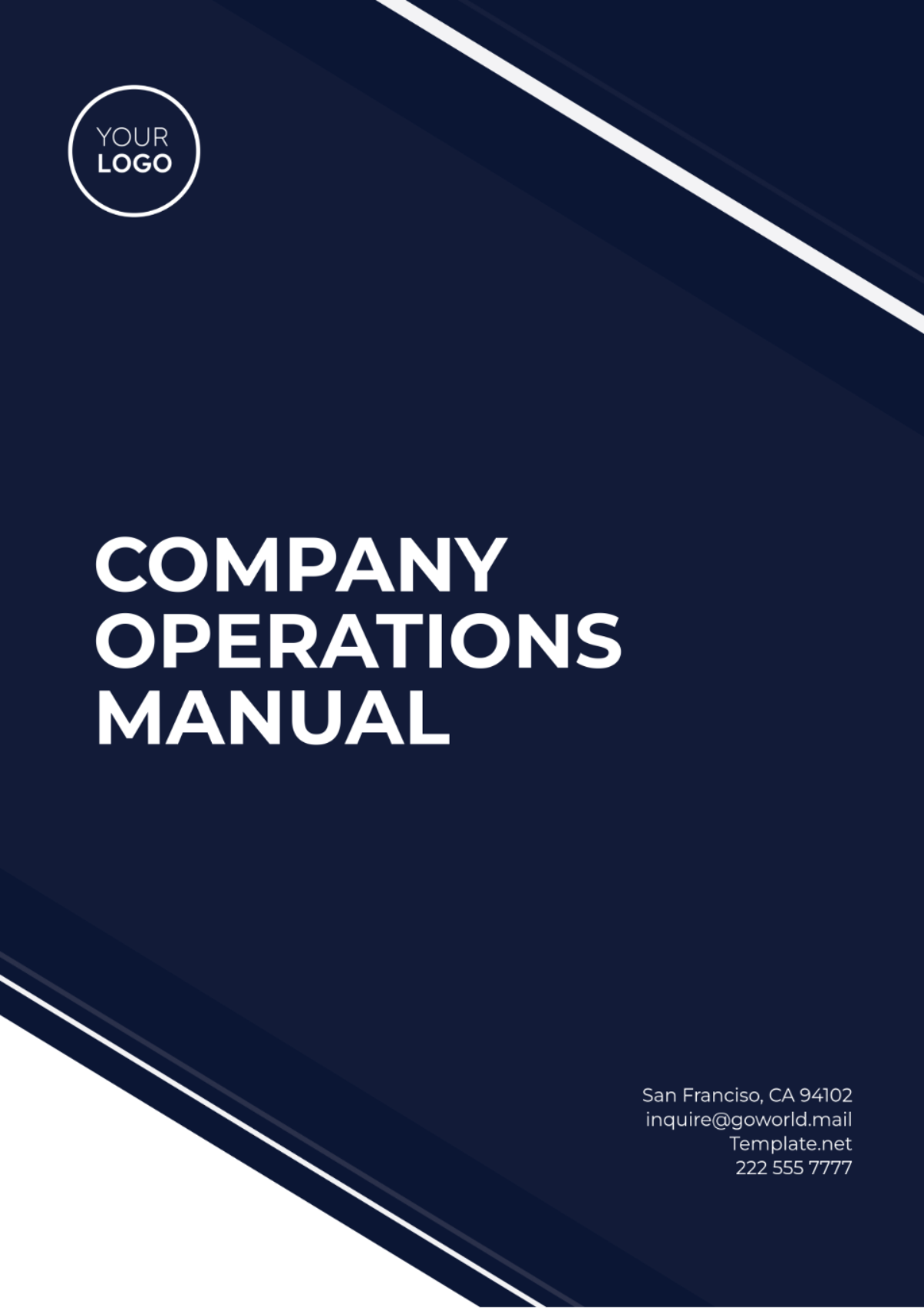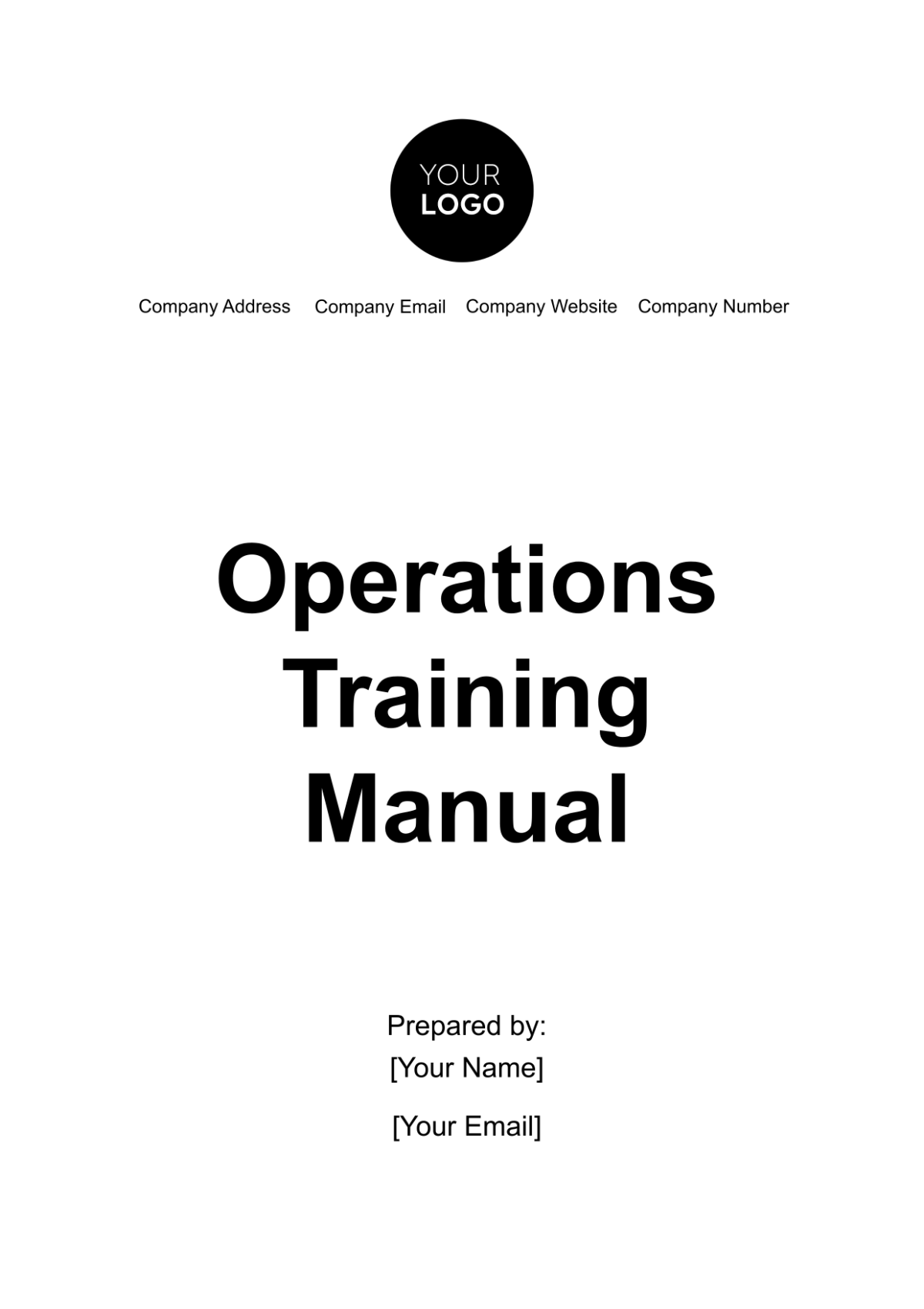IT Security Architecture Design Manual
I. Introduction
A. Purpose of the Manual
The IT Security Architecture Design Manual serves as a comprehensive guide for designing, implementing, and managing security architectures within our organization's IT infrastructure. It aims to provide security architects, engineers, and other stakeholders with the necessary knowledge and best practices to ensure the confidentiality, integrity, and availability of our information assets.
B. Scope and Audience
This manual is intended for use by the cybersecurity team, IT professionals involved in security architecture design and implementation, as well as business stakeholders who are responsible for overseeing security initiatives within the organization.
C. Overview of the Organization's Security Goals and Objectives
Our organization is committed to safeguarding sensitive information, protecting critical systems and infrastructure, and maintaining compliance with relevant regulatory requirements. The security architecture outlined in this manual is aligned with our overarching security goals, including ensuring data confidentiality, integrity, and availability, minimizing security risks, and fostering a culture of security awareness.
D. Structure of the Manual
The manual is structured into several sections covering essential aspects of security architecture design, including security principles and concepts, risk management, security frameworks and standards, security architecture components, design patterns and architectures, security technologies, integration and interoperability, security governance, incident response, and continuous improvement.
II. Security Principles and Concepts
A. Confidentiality, Integrity, and Availability (CIA) Triad
Confidentiality: Ensuring that sensitive information is only accessible to authorized individuals or entities.
Integrity: Maintaining the accuracy and reliability of data and systems, preventing unauthorized modifications or alterations.
Availability: Ensuring that information and services are consistently accessible to authorized users when needed.
B. Defense-in-Depth Strategy
Implementing multiple layers of security controls to protect against various threats and vulnerabilities, including network, endpoint, and application-level defenses.
C. Principle of Least Privilege
Granting users only the minimum level of access and permissions necessary to perform their job functions, reducing the risk of unauthorized access and privilege escalation.
D. Separation of Duties
Distributing various tasks and responsibilities across a range of individuals or teams is a strategic approach used to prevent conflicts of interest and minimize the risk of threats from within the organization.
E. Risk Management Principles
The process entails identifying, assessing, and mitigating security risks associated with the organization's assets, along with prioritizing actions based on the potential impact and likelihood of these risks occurring.
III. Risk Management
A. Risk Identification
The process involves determining and evaluating prospective security hazards and dangers that could impact the organization’s assets. This encompasses an assortment of issues such as data breaches, malware infections, threats from within the organization itself, and attacks originating from external sources.
B. Risk Assessment
Assessing the potential impact and probability of identified risks involves taking into account several factors, including the value of the assets involved, their vulnerabilities, and the capabilities of potential threat actors.
C. Risk Mitigation Strategies
Developing and implementing risk mitigation strategies to reduce the likelihood and impact of identified risks, including technical controls, security policies, and user awareness training.
D. Risk Monitoring and Reporting
Continuously monitoring the effectiveness of risk mitigation measures, identifying new risks as they emerge, and providing regular reports to stakeholders on the organization's risk posture.
IV. Security Frameworks and Standards
A. Overview of Relevant Security Frameworks
Introduction to commonly used security frameworks and standards, such as ISO 27001, NIST Cybersecurity Framework, and PCI DSS, and their applicability to our organization's security objectives.
B. Alignment with Regulatory Requirements
Ensuring compliance with relevant regulatory requirements, such as GDPR, HIPAA, and SOX, by mapping security controls to regulatory mandates and conducting regular compliance assessments.
C. Compliance Considerations
Addressing specific compliance requirements relevant to our industry and geographical location, including data protection, privacy, and industry-specific regulations.
V. Security Architecture Components
A. Network Security
Perimeter Security: Implementing firewalls, intrusion detection/prevention systems (IDS/IPS), and web application firewalls (WAF) to protect the organization's network perimeter from unauthorized access and malicious attacks.
Internal Network Segmentation: Segmenting the internal network into separate zones or VLANs to contain lateral movement of threats and limit the impact of security incidents.
Secure Remote Access: Providing secure remote access solutions, such as virtual private networks (VPNs) and multi-factor authentication (MFA), to enable remote workers to access corporate resources securely.
B. Endpoint Security
Endpoint Protection Platforms (EPP): Deploying endpoint protection solutions to detect and prevent malware infections, including antivirus software, anti-spyware, and host-based intrusion detection systems (HIDS).
Endpoint Detection and Response (EDR): Implementing EDR solutions to detect and respond to advanced threats and suspicious activities on endpoints, including fileless malware and insider threats.
Mobile Device Management (MDM): Enforcing security policies and controls on mobile devices, such as smartphones and tablets, to protect corporate data and prevent unauthorized access.
C. Identity and Access Management (IAM)
Authentication Mechanisms: Implementing strong authentication methods, such as passwords, biometrics, and hardware tokens, to verify the identity of users and devices accessing corporate resources.
Authorization Policies: Defining role-based access control (RBAC) policies to grant users access rights based on their job roles and responsibilities, ensuring least privilege access.
Single Sign-On (SSO): Implementing SSO solutions to streamline user authentication and access management across multiple applications and systems, improving user experience and security.
D. Data Security
Data Classification: Classifying data based on its sensitivity and criticality to apply appropriate security controls, such as encryption and access controls, to protect sensitive information.
Encryption: Encrypting data at rest and in transit using strong encryption algorithms and key management practices to prevent unauthorized access and data breaches.
Data Loss Prevention (DLP): Deploying DLP solutions to monitor and prevent the unauthorized transfer or disclosure of sensitive data, including data leakage via email, web, and removable storage devices.
VI. Design Patterns and Architectures
A. Zero Trust Architecture
Implementing a Zero Trust model that assumes no trust by default, requiring authentication and authorization for every access attempt, regardless of whether the user is inside or outside the corporate network perimeter.
B. Cloud Security Architecture
Leveraging cloud-native security controls and best practices to protect data and workloads hosted in public, private, or hybrid cloud environments, including encryption, identity management, and network segmentation.
C. Secure DevOps Practices
Integrating security into the DevOps pipeline by implementing automated security testing, code analysis, and vulnerability scanning tools to identify and remediate security issues early in the software development lifecycle.
D. Container Security
Securing containerized applications and microservices by implementing container orchestration platforms, such as Kubernetes, and container security solutions, such as container firewalls and runtime protection mechanisms.
VII. Security Technologies
A. Firewalls and Intrusion Detection/Prevention Systems (IDS/IPS)
Deploying next-generation firewalls and IDS/IPS solutions to inspect and filter network traffic, detect and block malicious activities, and prevent unauthorized access to critical assets.
B. Security Information and Event Management (SIEM)
Implementing SIEM solutions to aggregate, correlate, and analyze security event data from various sources, including network devices, servers, and applications, to detect and respond to security incidents effectively.
C. Antivirus/Anti-Malware Solutions
Deploying antivirus and anti-malware solutions to protect endpoints and servers from known and emerging threats, including viruses, ransomware, and malicious software.
D. Secure Email Gateways
Implementing secure email gateway solutions to protect against email-borne threats, such as phishing attacks, spam, and malware, by scanning inbound and outbound email traffic for malicious content.
VIII. Integration and Interoperability
A. Integration Considerations for Security Solutions
Ensuring seamless integration between different security solutions and platforms to facilitate centralized management, visibility, and control over security policies and configurations.
B. Interoperability Standards and Protocols
Leveraging industry-standard protocols and APIs, such as Security Assertion Markup Language (SAML) and OpenID Connect, to enable interoperability between identity and access management systems, single sign-on solutions, and cloud services.
C. API Security
Implementing secure coding practices and API security controls, such as authentication, authorization, encryption, and input validation, to protect against API-related security risks, including injection attacks and data exposure.
IX. Security Governance
A. Roles and Responsibilities
Defining clear roles and responsibilities for key stakeholders involved in security governance, including the CISO, security architects, engineers, compliance officers, and business unit representatives.
B. Security Policies and Procedures
Developing and documenting security policies and procedures that govern the organization's security practices, including access control, data protection, incident response, and security awareness training.
C. Security Awareness and Training Programs
Implementing security awareness and training programs to educate employees and contractors about security risks, best practices, and their roles in maintaining a secure work environment.
D. Security Incident Management
Establishing incident response procedures and protocols to detect, respond to, and recover from security incidents in a timely and effective manner, including incident classification, escalation, and post-incident analysis.
X. Incident Response
A. Incident Detection and Classification
Implementing automated incident detection mechanisms, such as SIEM alerts and intrusion detection systems, to identify security incidents in real-time and classify them based on severity and impact.
B. Incident Containment and Eradication
Taking immediate action to contain and mitigate the impact of security incidents, including isolating affected systems, removing malware, and restoring affected services to normal operation.
C. Incident Recovery and Lessons Learned
Performing post-incident analysis and documentation to identify root causes, lessons learned, and areas for improvement, and updating incident response procedures and security controls accordingly.
XI. Continuous Improvement
A. Security Testing and Assessment
Regularly conducting comprehensive security assessments, performing detailed penetration tests, and executing thorough vulnerability scans are critical activities that help in identifying any weaknesses and gaps within the security architecture. These proactive measures are essential for prioritizing and guiding the subsequent efforts needed for effective remediation.
B. Security Metrics and Key Performance Indicators (KPIs)
Defining and monitoring crucial security metrics and key performance indicators (KPIs), including the mean time to detect (MTTD) and the mean time to respond (MTTR), in order to evaluate the efficiency of security measures and the processes in place for responding to incidents.
C. Security Audits and Reviews
Conducting regular security audits and comprehensive reviews in order to assess adherence to established security policies, standards, and relevant regulatory requirements, as well as to pinpoint potential areas that may require enhancements or improvements.
D. Feedback Mechanisms and Process Improvement
Soliciting feedback from stakeholders, including employees, customers, and partners, to identify security concerns, usability issues, and opportunities for process improvement, and incorporating feedback into security initiatives and governance processes.



